

Damion Smy
China introduces “no fire, no explosion” EV battery standards
46 Minutes Ago
A powerful V8 at the front, drive to the rear. As fun as it is simple, muscle cars are the shortcut to style, driving fun and those all-important record-breaking quarter mile times.

Contributor
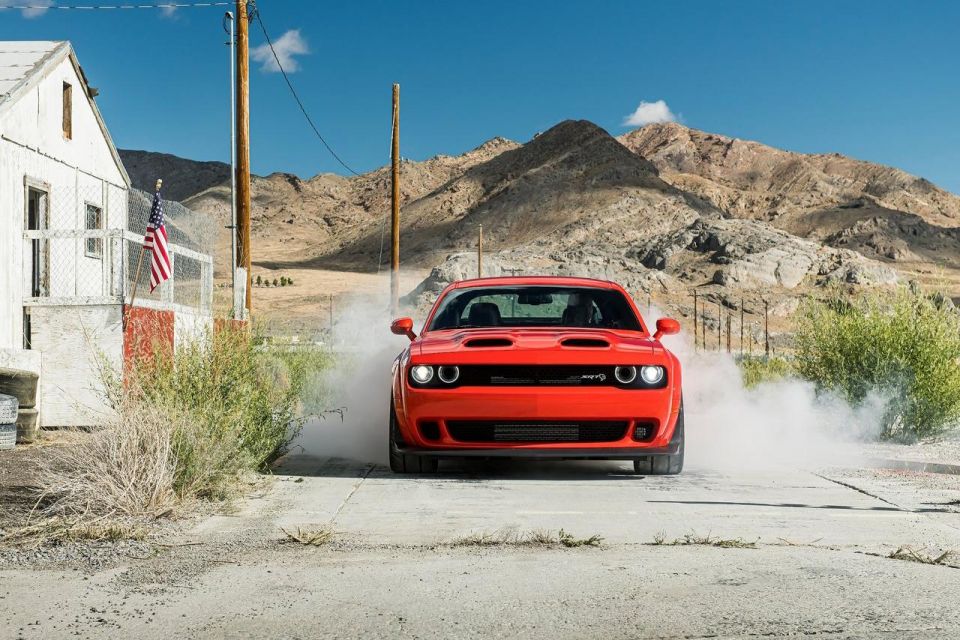

Contributor
The ’60s in America was a decade of rejuvenation. The economy was rapidly recovering from the perils of WWII, and society was experiencing a mass cultural upheaval, as evidenced by events like Woodstock.
In the automotive space, all of this translated into a culture of excess.
Muscle cars were the result. At a time where petrol was cheap and available everywhere, fuel consumption figures meant very little. Instead, the mantra of the day was all about style and speed.
The easiest way to do that, of course, was to put the most powerful engine possible (usually a V8) at the front of the car, send drive to the rearm and clothe this contraption in a sexy coupe or convertible body.
Marketing would then come up with a cool name and the car would be a hit.
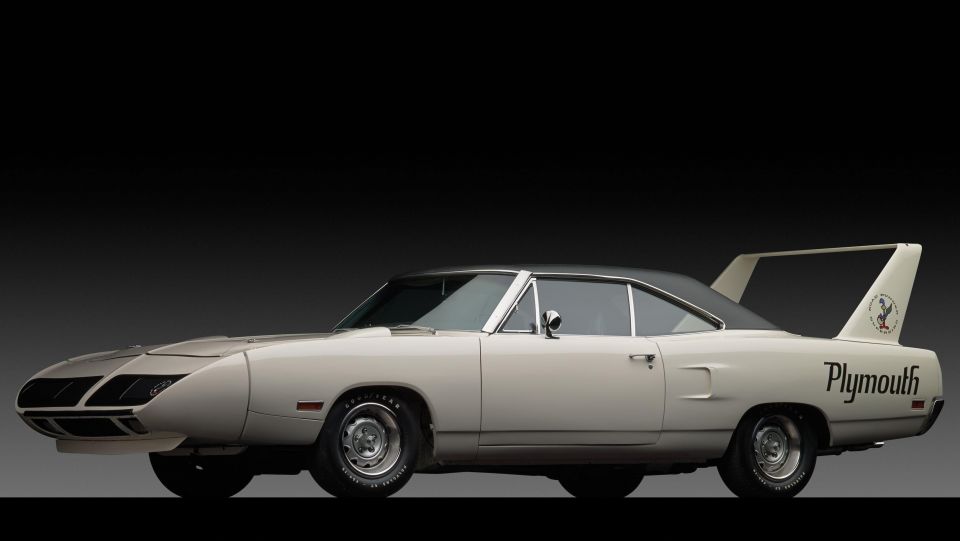
America is a massive nation, full of cities with wide boulevards linked by long, straight highways stretching for hundreds of miles on end.
With this is mind, handling and cornering ability mattered little insofar as the car could actually turn around a bend.
Instead, the key talking points were power output, and the car’s resulting quarter mile and 0-60MPH acceleration time.
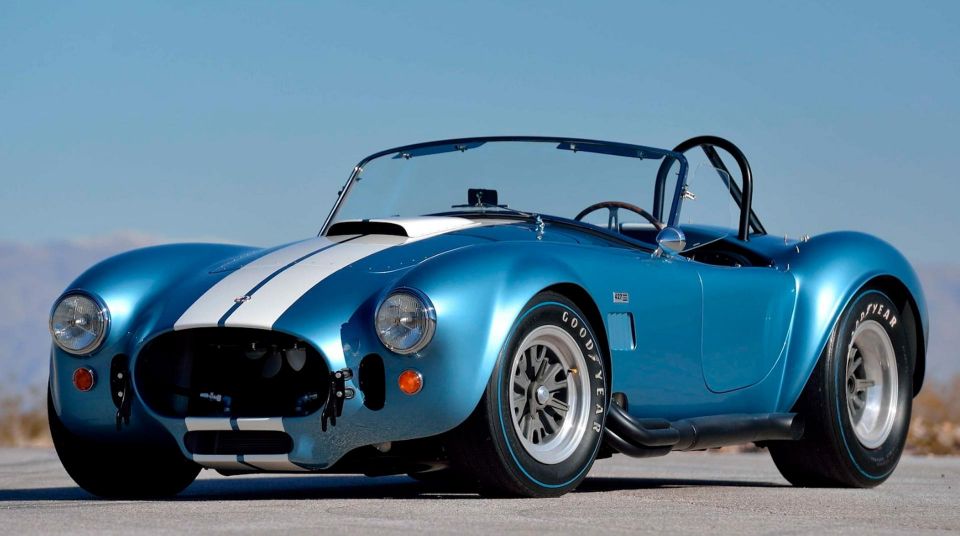
Peaking in the ’60s with icons such as the Dodge Charger, Chevrolet Camaro, and Ford Mustang, alongside other nameplates such as Firebird (Pontiac) and Road Runner (Plymouth), the’ 70s, ’80s and ’90s saw a gradual decline in the era of the muscle car before a renaissance in the 2000s and onwards.
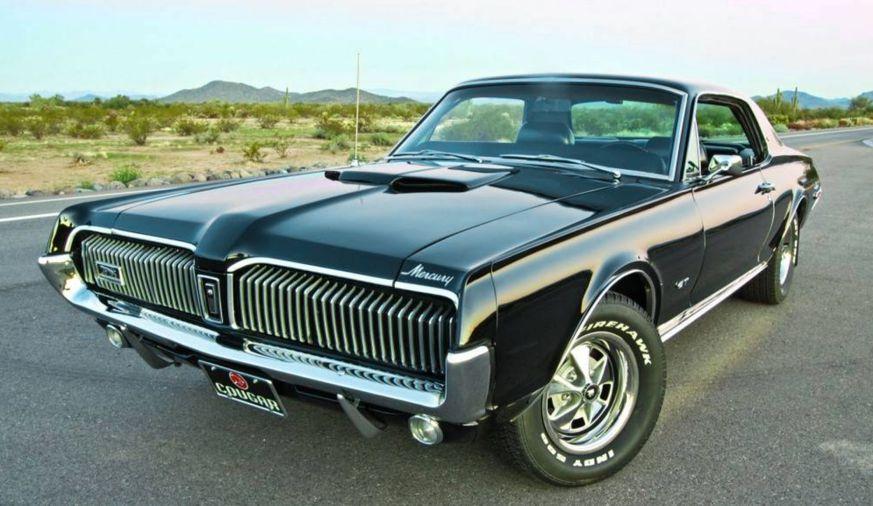
There isn’t a distinct year or a particular model through which the broader category of muscle cars came into existence.
The early and mid-1950s in American automotive history saw the development of increasingly huge vehicles such as Ford’s Edsel range and Chevrolet’s Bel Air, and as the decade continued, these were powered by increasingly more powerful engines.
Perhaps the transition period could be marked around the turn of the decade with a change in emphasis on the balance between power and style.
The 1950s placed a substantial emphasis on size, and while this continued to be a factor in the ’60s performance started to take priority, with excess styling features and fripperies such as fins going the way of the dodo.
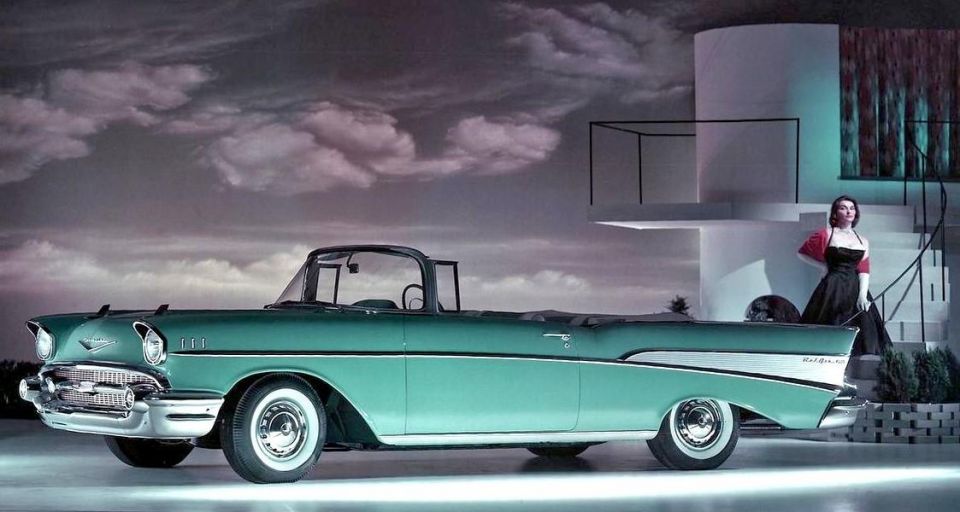
A car highlighting this transition is the Pontiac GTO. Launched in 1964 as a trim level on Pontiac’s mid-sized Tempest coupe, the GTO option package replaced the standard engine with a 389 cubic inch (6.4L) V8 which could be optioned with three double-barrelled carburettors for a total power output of 260kW, for 0-60 and quarter mile times of under eight and 15 seconds respectively.
An ostensibly compact car featuring a full size engine, initial sales of 32,000 units far exceeded Pontiac’s forecast of 5000 units.
It was clear an increasingly wealthy American public loved powerful cars, and Pontiac offered increasingly more powerful variants as the ’60s progressed, topped by the 1969 Pontiac GTO ‘Judge’ edition producing a substantial 275kW.
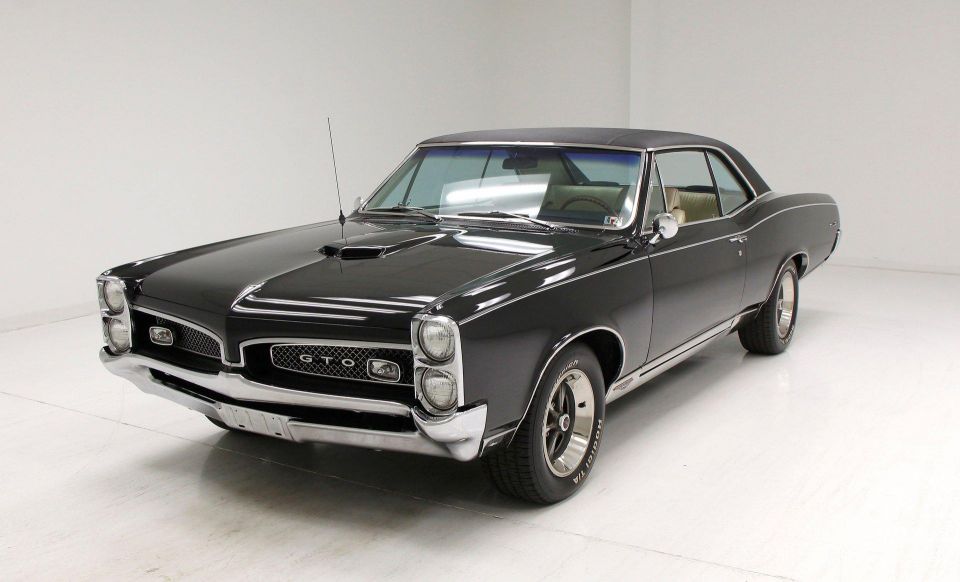
Interestingly, Pontiac was able to revive the GTO briefly from 2004-2006, by importing and rebadging none other than our homegrown Holden Monaro.
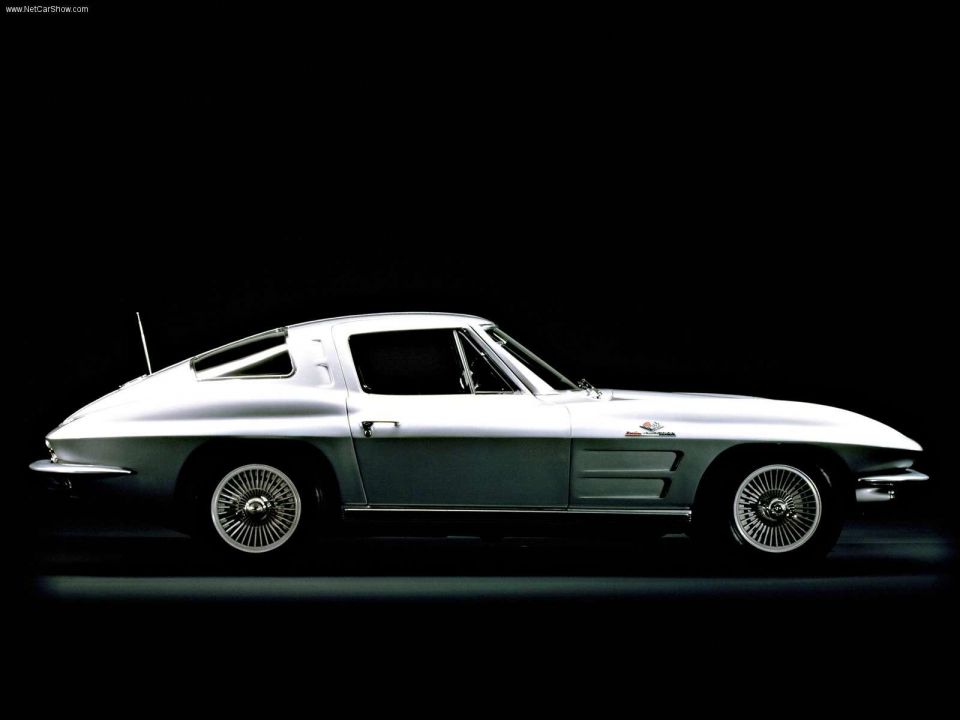
Although performance at the drag strip was part of the formula, a muscle car’s style and kerb appeal were arguably more important.
The model that blended both together the best was Chevrolet’s Corvette. Although it’s morphed into a mid-engine sports car, the front-engined, rear-drive Corvette Stingray fits plenty of our muscle car criteria.
Known colloquially as ‘America’s sports car’, the 1963 C2 Corvette Sting Ray is among the most beautiful cars ever made.
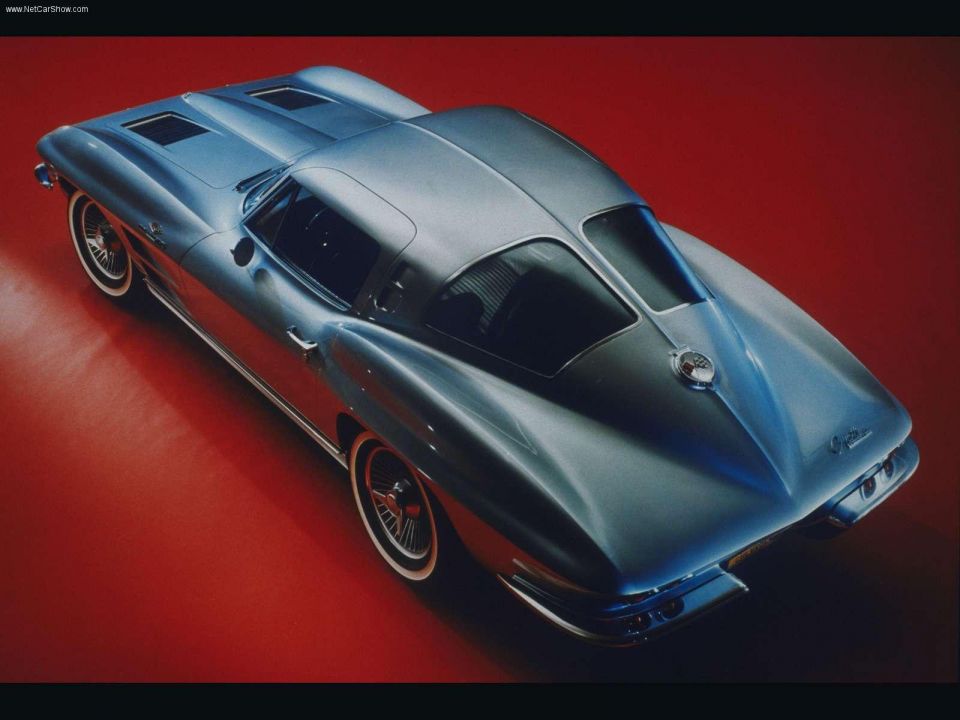
The exuberance and horsepower wars between American brands in the ’60s ended abruptly during the next decade, as the 1973 OPEC embargo caused oil prices to rise by up to 300 per cent.
Pricey petrol immediately scuppered the popularity of high-power, gas-guzzling muscle cars. Popular models such as the Plymouth Barracuda were retired entirely, and those that did continue, such as the Mustang and Camaro, were muscle cars in name rather than character.
The Camaro, for example, dropped from an officially rated 430hp in ZL1 guise (1969) to just 165hp from a 305 cubic inch (5.0L) V8 with the launch of the third generation in 1982.
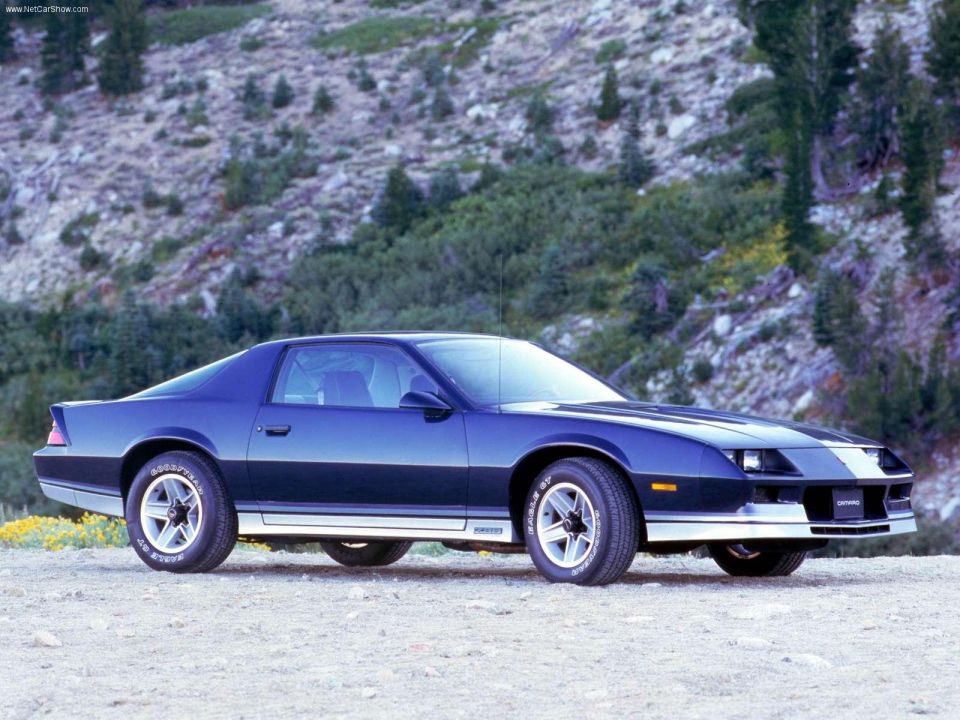
One silver lining throughout all of this was the launch of the Dodge Viper in the 1990s.
Appropriately unveiled at the 1989 Detroit motor show, the Viper threw out conventional premium and sports car norms, and in true muscle car fashion replaced it with a focus on engine size, power and straight line speed.
With first examples being delivered to buyers in 1992, the Viper packed a V10 engine with 298 kW and 658 Nm, extreme figures at the time, all wrapped in traditional, long bonnet sports car proportions.
As per the muscle car heydays, the Viper was more than able to match the grunt (if not the luxury or technology) of European supercars for a fraction of the price.
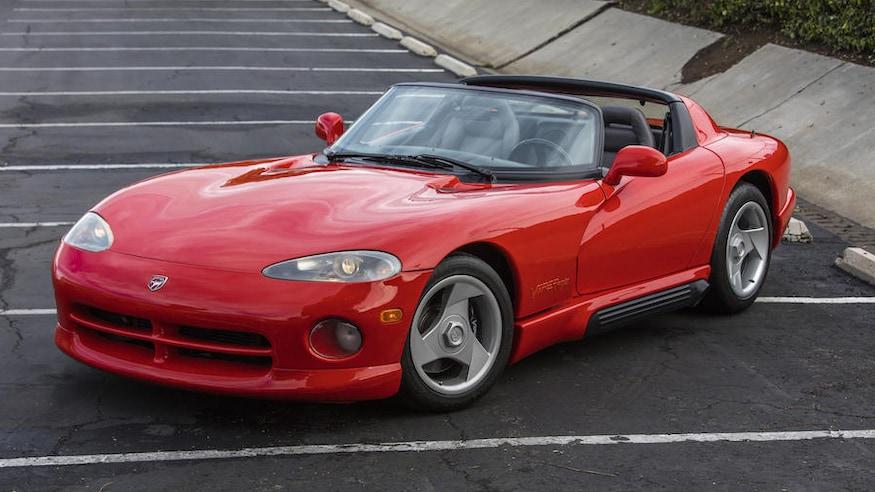
For petrolheads around the world, the Viper thankfully proved to be a good omen.
Although nameplates such as Charger, Mustang and Camaro had persisted to some degree through decades prior, the 2000s was perhaps the first time where these models resembled their ’60s counterparts in character as well.
Retro styling that reinterpreted classic design cues in a contemporary context served as a solid foundation, but this renaissance was most evident in the numbers.
Unlike the ’70s and ’80s in particular, there was no need for marketing to cover up or compensate piddling performance with claims about the cars offering sporty styling or trendy design features.
Muscle cars from the 2000s onwards were performance machines, full stop.
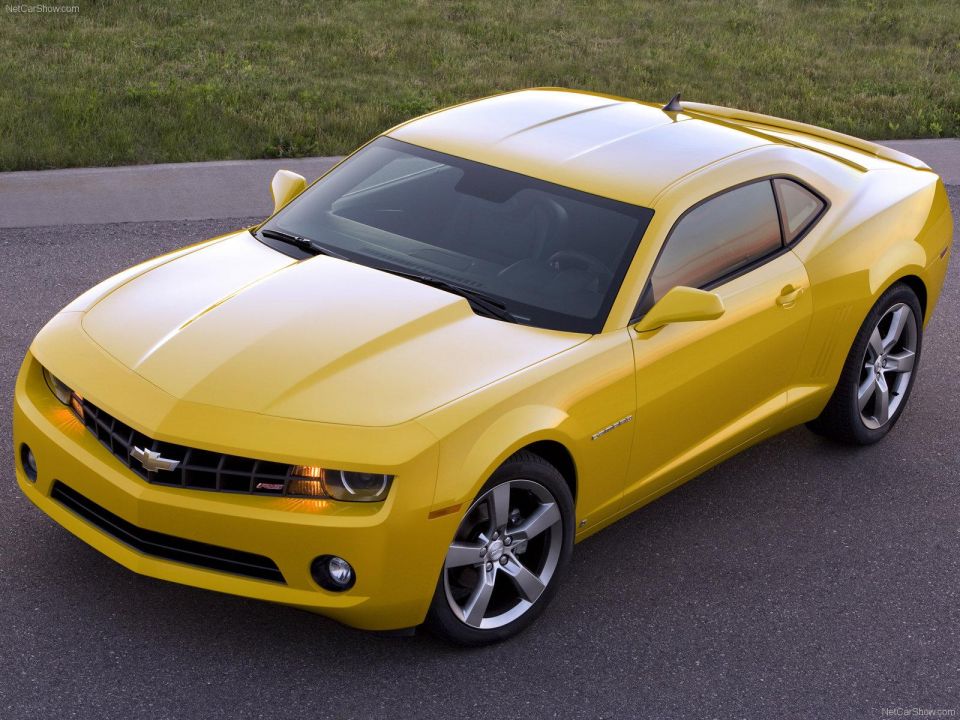
This is best exemplified by models such as 2018’s Dodge Challenger SRT Demon. Featuring aggressive styling backed by an 626kW engine and fitted with street-legal drag racing tyres, the Demon’s performance was unquestionable, being able to complete the quarter mile in 9.65 seconds with a 0-60mph acceleration of 2.3 seconds.
Harking back to the ’60s when manufacturers understated power outputs to allow their cars to compete in particular drag racing categories, the Demon (in stock standard form) was subsequently banned from official US NHRA drag racing events for not featuring a roll cage.
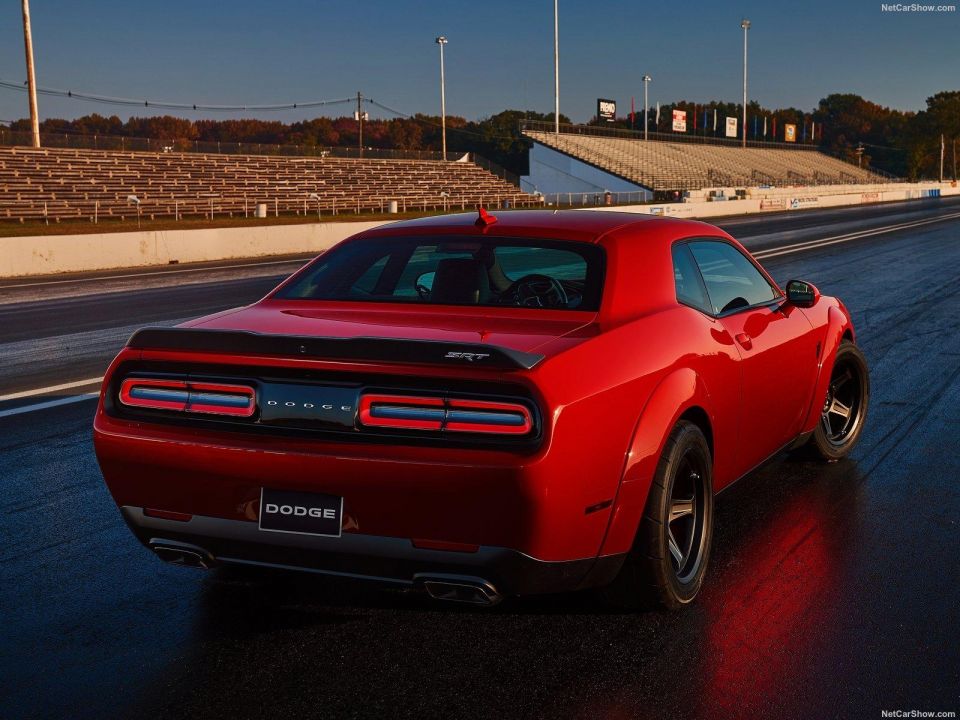


Damion Smy
46 Minutes Ago


Damion Smy
2 Hours Ago


Matt Robinson
5 Hours Ago


Damion Smy
5 Hours Ago


Damion Smy
19 Hours Ago


Damion Smy
20 Hours Ago